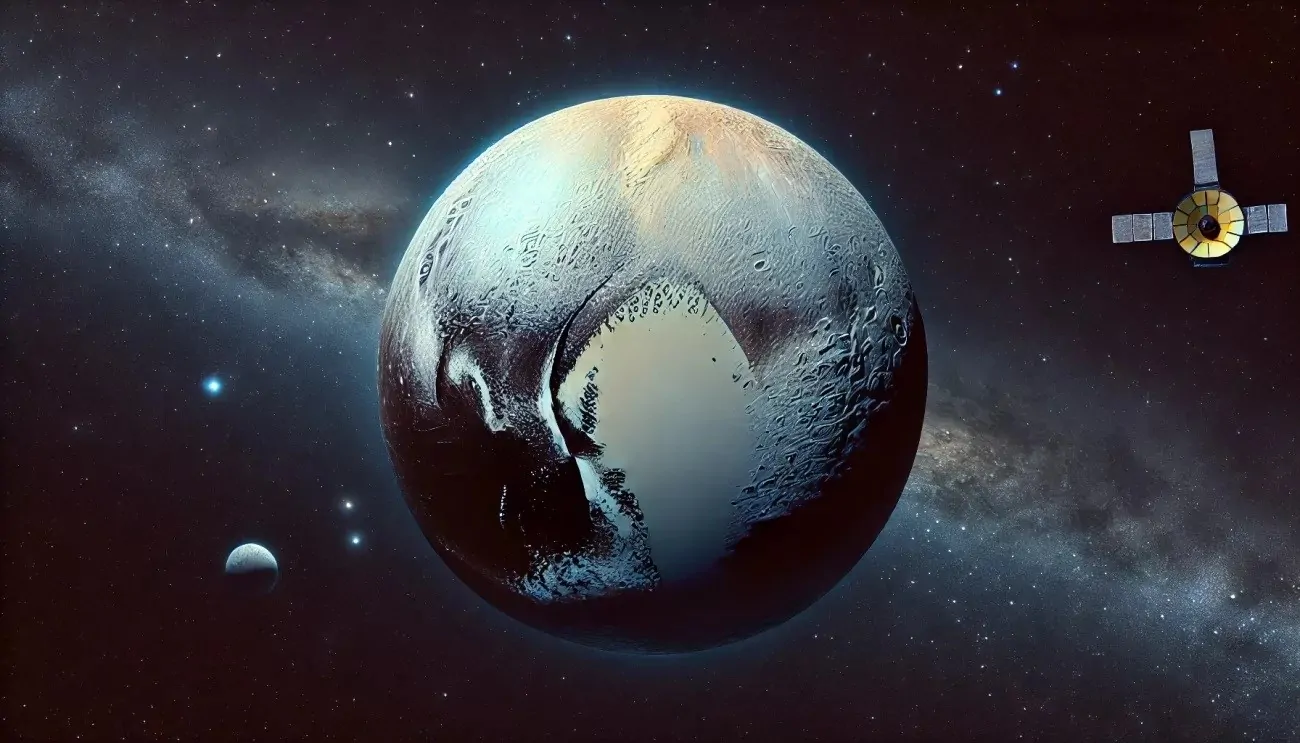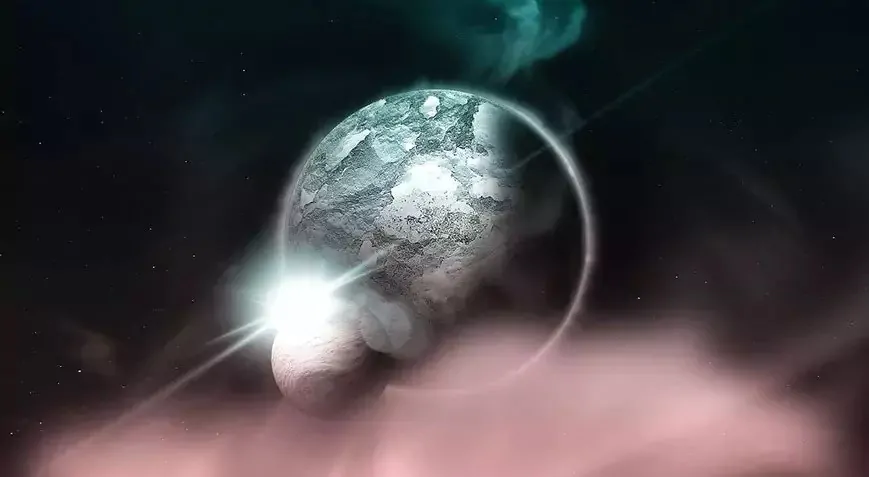See Full Size
Pluto’s largest moon, Charon, is known, simply put, for its extremely cold surface and its possibility of harboring life is almost non-existent. Nowadays, thanks to the expanded wavelength range of the James Webb Space Telescope, Light reflected from Charon’s surface can be analyzed in more detail than ever before.
See Full Size
On the other hand, traces of hydrogen peroxide may have formed as a result of water molecules on Charon’s surface interacting with radiation sources such as solar winds and UV rays. This finding provides valuable clues about the satellite’s evolutionary process and radiation levels. Research leader Dr. from Southwest Research Institute. Silvia Protopapa, “Our preferred interpretation is that carbon dioxide originates from the inner layers and rises to the surface via crater impacts. It is known that carbon dioxide is found in the protoplanetary disk where the Pluto system is formed.” he said.
These observations made on Charon not only provide information about the chemical structure and evolutionary process of this satellite, but also provide information about the formation processes of other icy bodies in the Kuiper Belt. Therefore, it may provide clues about the origin and evolution of ice masses in the outer regions of the Solar System.
This news our mobile application Download using
You can read it whenever you want (even offline):




